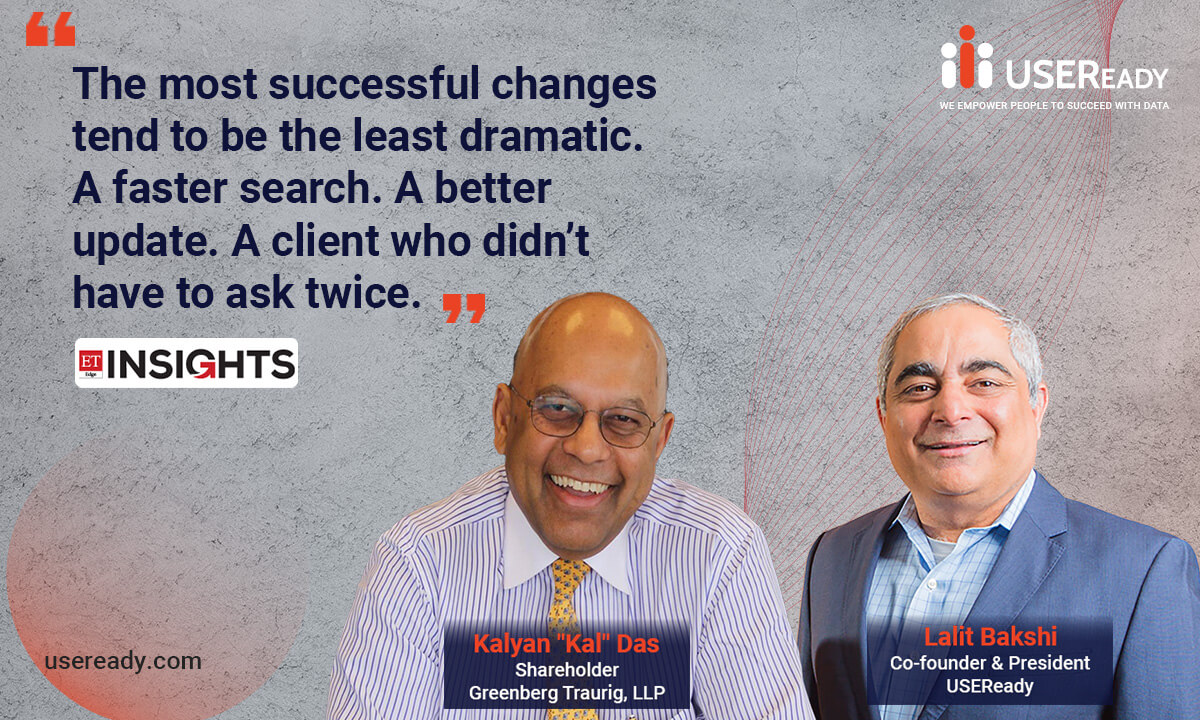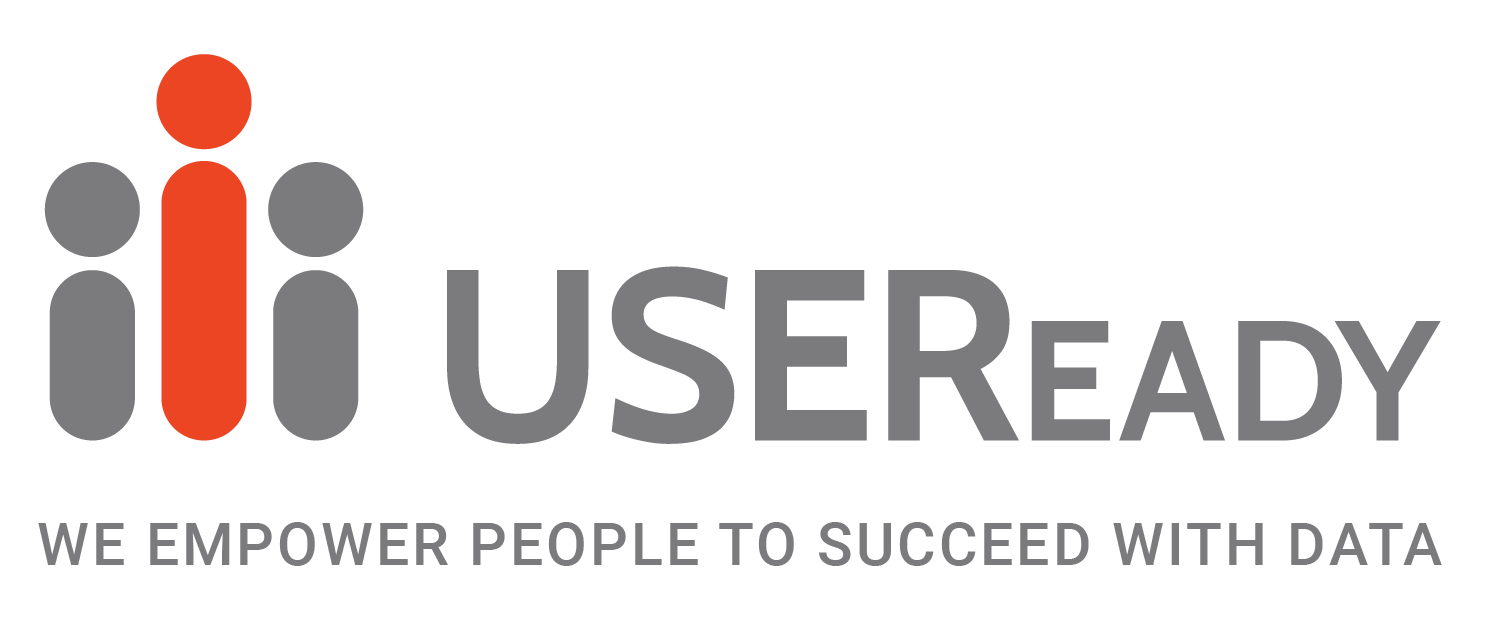The legal profession is undergoing a shift that is quieter than most headlines suggest. It’s not about AI writing contracts or replacing lawyers. It’s about two fundamental functions at the heart of every firm: how legal teams find information, and how they serve their clients.
We come at this topic from different angles i.e. one of us a practicing Wall Street lawyer, the other leading a data and AI firm that supports professional services organizations. But we’ve both noticed the same thing: AI is starting to take on the kind of work that used to sit silently in the background. And it’s doing the job much better.
Rethinking legal search
Search has always been a pillar of legal work. Whether it’s case law, statutes, internal memos, prior filings or drafting contracts, research sits at the center of how lawyers prepare and how firms build trust with clients. It’s also one of the most time-consuming and sometimes repetitive parts of the job.
What AI brings to legal research is not speed alone. It brings relevance too. Legal professionals no longer need to rely on keyword hits. With machine learning and natural language tools, it’s now possible to ask more specific questions and get responses that are actually useful. AI-assisted search can identify precedents based on context. It can help pull-up similar arguments across jurisdictions. It can even flag conflicts or inconsistencies that might not be visible in a standard search window.
In practice, this means lawyers spend less time digging and more time thinking. A junior associate isn’t burning hours tracking down documents that another team may have already used in a different matter. A senior partner can walk into a client meeting better prepared, having skimmed an AI-generated summary of regulatory exposure or recent decisions in the area.
None of this removes the lawyer from the process. It just removes some of the inefficiencies.
Read more at ET EDGE INSIGHTS
Reach out to us: marketing@useready.com











 Media Coverage
Media Coverage Press Release
Press Release